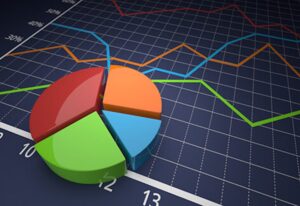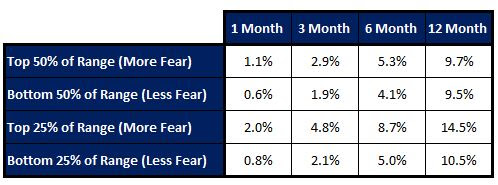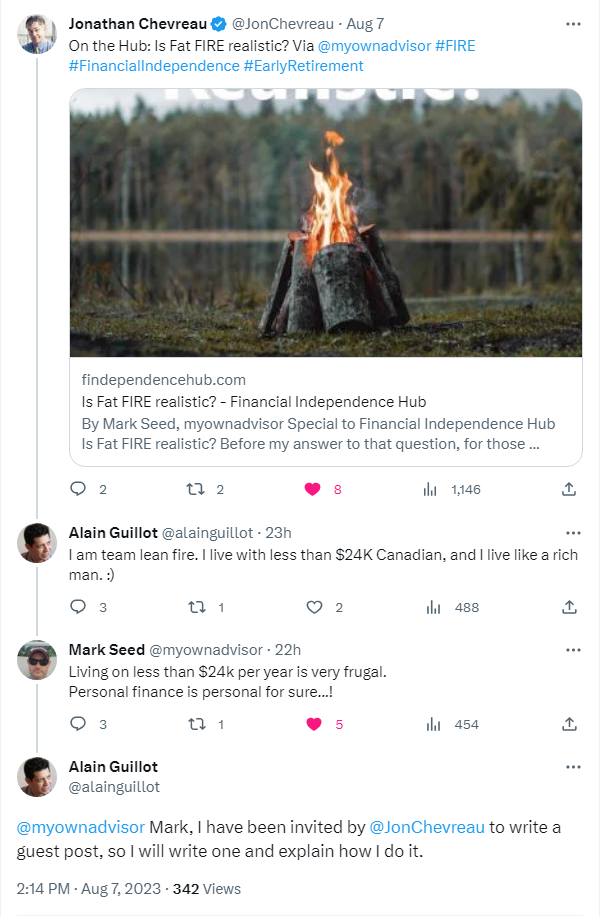
By Steve Lowrie, CFA
Special to Financial Independence Hub
Retirement isn’t the only reason to set aside current income for future spending. But since it’s usually the elephant in the financial planning room, it’s worth a Timeless Tip of its own.
The following are 6 ways to leverage lifelong financial planning, so you can retire on your own terms and on your own timeline.
- 1. Don’t Delay Retirement Planning, Start Today
I know, it’s easy to assume retirement planning is for when you get older. How old? Well, older than you are today (you tell yourself).
It’s also true that a detailed retirement plan is unlikely to come into focus until you’re at least mid- if not late-career. It’s hard to take clear steps toward hazy targets.
But none of this means it’s wise to be too Rip-Van-Winkle-like about your retirement planning. Even if it’s decades away — and especially if it’s not — a few sensible financial planning steps should help you avoid having to take any huge leaps 20 years down the road.
- Do Some Financial Forensics
To get started, try doing some Family Spending Forensics. Don’t worry, no forceps will be required to get a grip on what you’ve got and where it’s going. No judgment! Just take a few hours every year or so to ask yourself:
- How much am I currently spending, in what categories?
- How much am I saving for upcoming expenses?
- How much am I investing for the future?
- Have a Personalized Financial Plan
Once you have a sense of where you’re at, create a financial plan that outlines where you’d like to go, including in retirement. Your plan should describe what your goals are, when you would like to achieve them, their approximate cost, and where the money will come from. Revisit your plan annually to freshen it, as needed. Having a plan in place will help you:
- Spot any spending or saving leaks early on. It’s easier to heal a hole when it’s still small.
- Make the most of new income. If you receive a raise, pay off your mortgage, receive an inheritance, or otherwise come across “new” money, your financial plan will inform you how to use the assets for maximum benefit, instead of randomly spending them on “whatever.”
- Make good lifetime choices. Few families have more money than they know what to do with. Instead, most of us must bridge gaps between our assets and our aspirations. So, think about:
- How will you bridge your gaps?
- Will you work longer or pursue a higher-paying job?
- Should you spend less, now or in the future?
- Will you choose to invest more aggressively?
A financial plan helps you make good choices among spending/saving tradeoffs: during your working years and into retirement.
- Invest Toward and In Retirement
For most of us, our financial success comes from income earned during our career years. But it’s usually essential to also have invested a significant portion of that income into an inflation-beating, globally diversified investment portfolio we can tap in retirement. A financial needs analysis quantifies what your investment portfolio might look like to sustain a satisfying lifestyle in retirement: Continue Reading…











